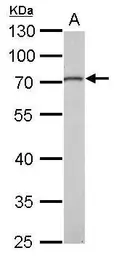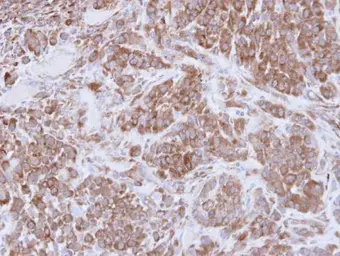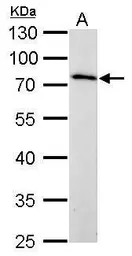MMP16 antibody
Cat. No. GTX109378
Cat. No. GTX109378
-
HostRabbit
-
ClonalityPolyclonal
-
IsotypeIgG
-
ApplicationsWB IHC-P
-
ReactivityHuman, Mouse, Rat



